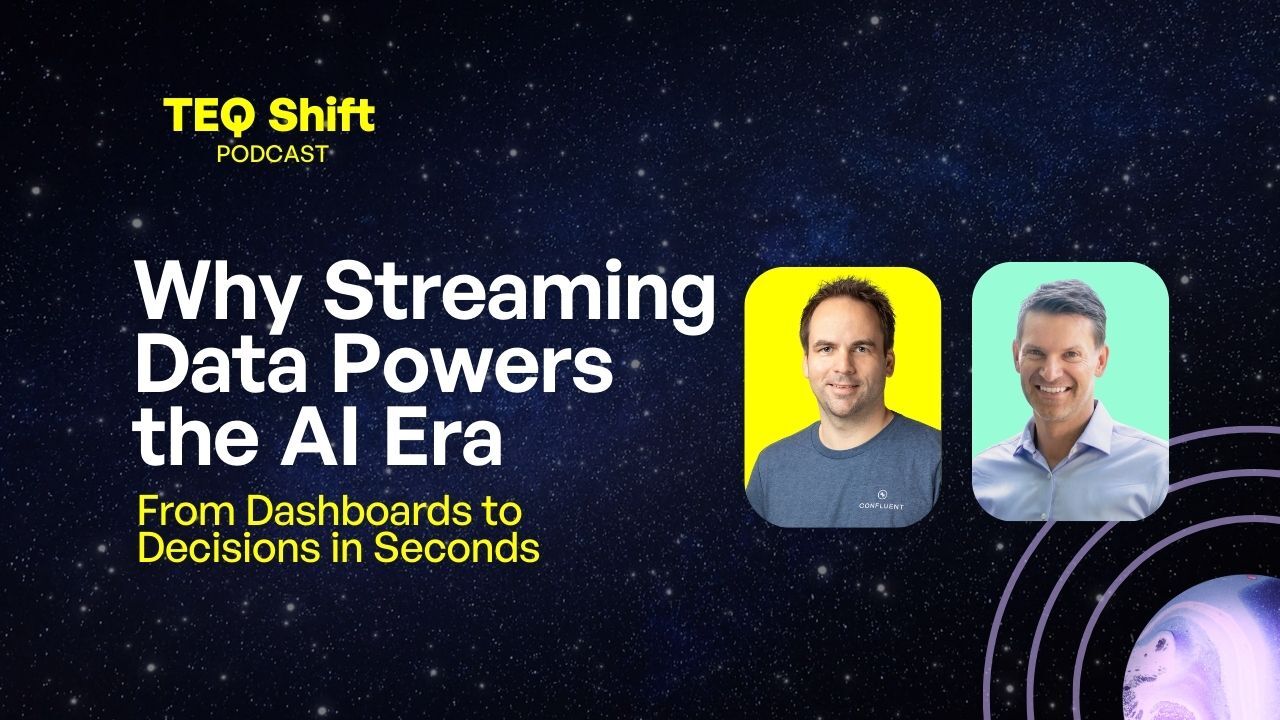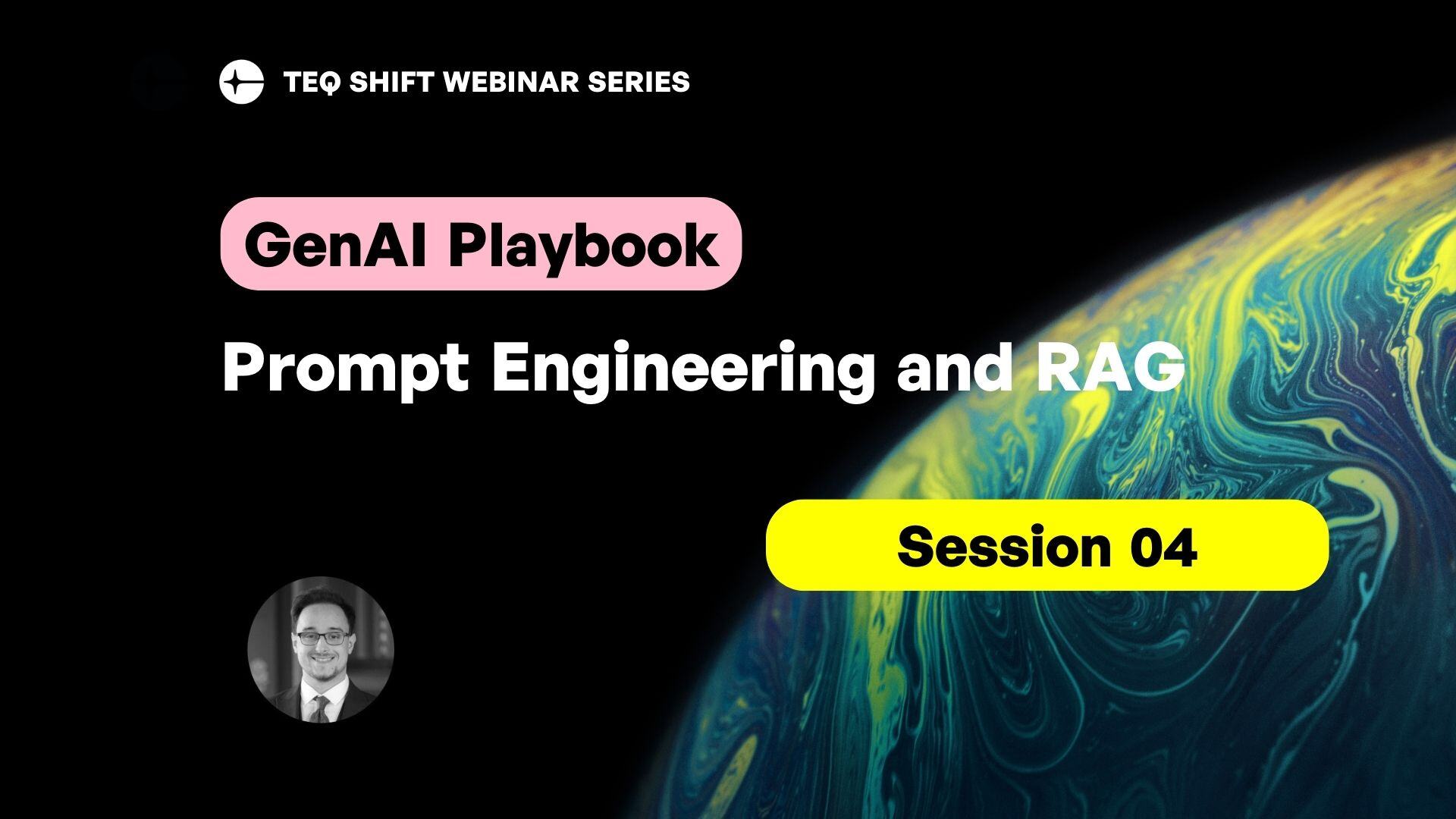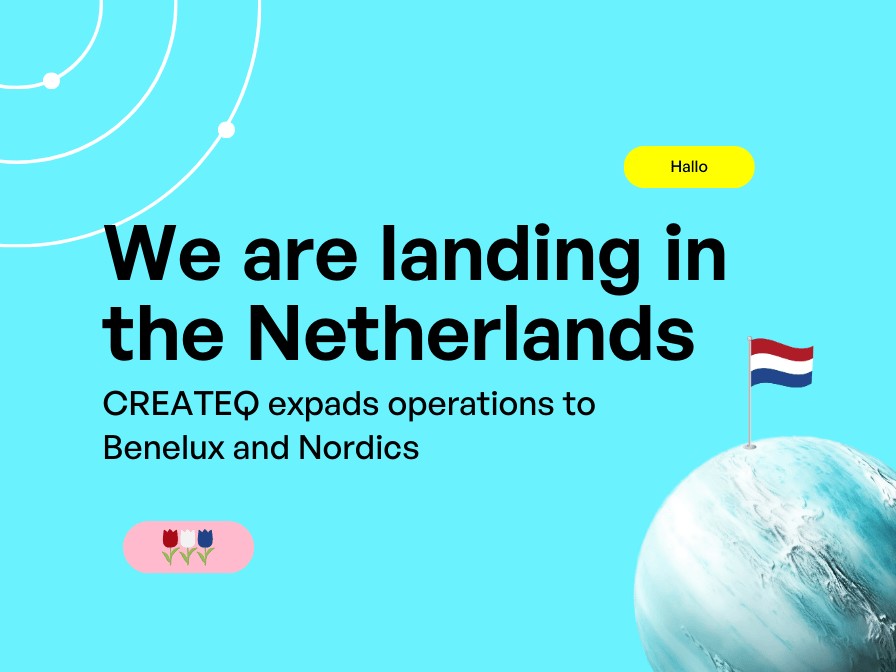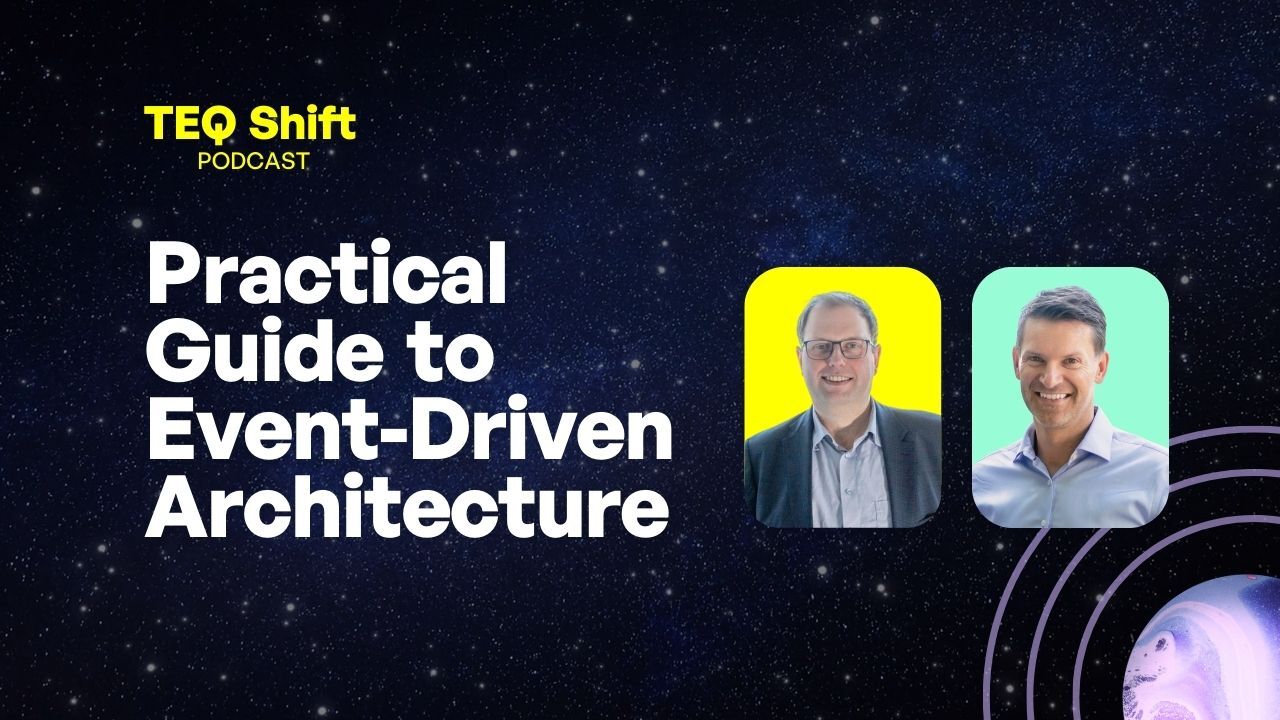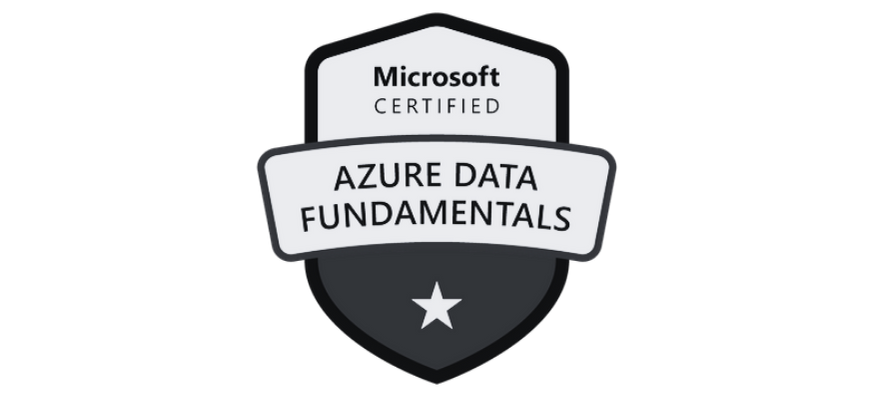Introduction
For decades, batch processing and static dashboards defined how enterprises worked with data. Reports were generated overnight, insights lagged by days or weeks, and decisions were based on yesterday’s reality. In today’s AI-driven landscape, that’s no longer enough. Businesses need real-time context, the ability to act on events as they happen, not after the fact.
This is where data streaming comes in. In the latest TEQ Shift Podcast, Kai Waehner, Global Field CTO at Confluent, made the case that streaming is not just a technical improvement; it’s a strategic advantage.
Why Static Dashboards Fall Short
Static dashboards served their purpose, but their limitations are increasingly clear:
-
Lagging Insights: By the time reports are available, conditions may already have changed.
-
Missed Opportunities: Delayed data means missed chances to act in real time, whether to prevent fraud or personalise a customer interaction.
-
AI Blind Spots: AI models trained on stale or incomplete data deliver poor predictions and erode trust.
In short, static dashboards can tell you what happened, but not what’s happening... or what you should do next.
Streaming Data: From Insight to Action
Streaming data replaces lag with context. By processing events as they occur, businesses gain the ability to:
-
React instantly to change — from financial transactions to sensor alerts.
-
Enable proactive AI that learns and adapts continuously.
-
Deliver real-time customer experiences tailored to behaviour in the moment.

“Streaming gives you situational awareness. It’s the difference between watching the news tomorrow and knowing what’s happening right now.”
This shift is especially critical as organisations embrace agentic AI — systems that don’t just respond to prompts but take initiative. Without streaming data as fuel, agentic systems simply can’t function.
Industry Examples of Streaming in Action
-
Finance: Detecting fraud as a transaction happens, not after it clears.
-
Airlines: Adjusting schedules and customer communications instantly when delays occur.
-
Retail: Offering promotions in real time as customers browse online.
-
Manufacturing: Predicting equipment failures from live sensor data instead of waiting for periodic checks.
These are not future scenarios. They are already happening in organisations that have embraced streaming.
Overcoming the Transition Challenge
Shifting from batch to streaming can feel daunting, but it doesn’t have to be a wholesale replacement. Leaders can take practical steps:
-
Start Small: Identify one use case where real-time data adds immediate value.
-
Build the Pipeline: Use event-driven platforms like Apache Kafka to enable secure, scalable data flows.
-
Modernise Incrementally: Run batch and streaming in parallel as you transition.
-
Focus on Outcomes: Align streaming initiatives with business KPIs — fraud reduction, customer retention, cost savings.
Leadership’s Role
As with any transformation, leadership must frame streaming as more than a technical upgrade. It’s about enabling agility, resilience, and customer trust. Investing in streaming is investing in decision-making at the speed of business.
Conclusion
Static dashboards are relics of a slower era. To thrive in the AI-driven future, organisations need to break free from batch constraints and embrace data in motion. Streaming delivers not just faster insights, but better decisions, proactive AI, and real-time customer value.
At Createq, we help enterprises across industries design and implement the architectures that turn data into action. Because in the AI era, if your data isn’t streaming, your business isn’t either.

